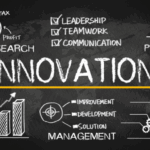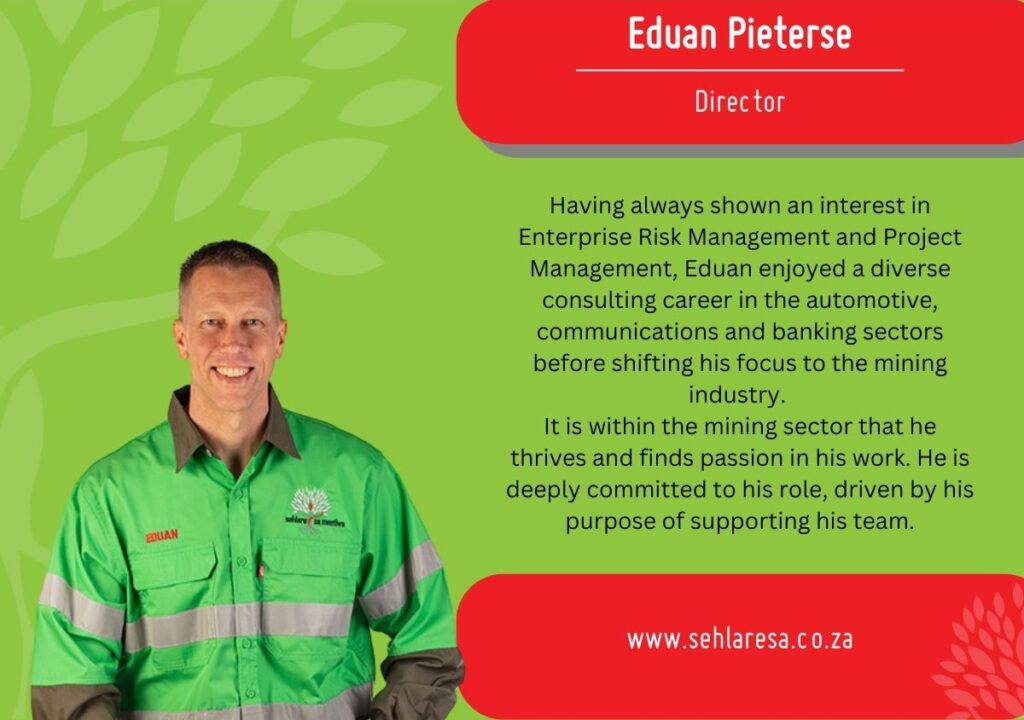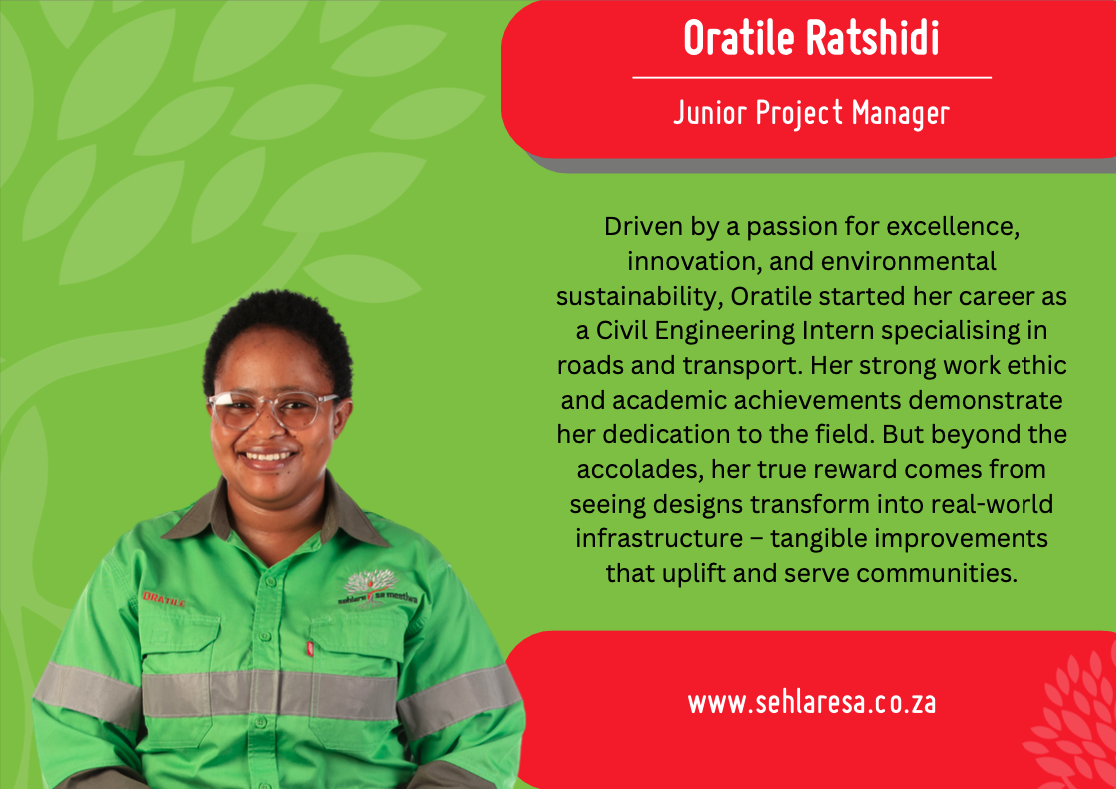Navigating Environmental Regulations in Mining and Construction
Environmental responsibility is no longer a secondary concern—it has become a central focus in the construction and mining industries. With tighter environmental regulations and increasing public scrutiny, companies face the dual challenge of meeting regulatory requirements while delivering projects on time and within budget. This blog will examine the increasing significance of environmental regulations, key legislation affecting construction and mining projects, and how companies can implement best practices for compliance and sustainability.
The Growing Importance of Environmental Regulations
Environmental regulations are designed to mitigate the ecological impact of industrial activities, such as mining and construction. These laws not only safeguard natural resources but also promote sustainability in industries often perceived as resource-intensive. For construction and mining companies, precise adherence to these regulations can be a powerful business enabler, building trust, opening up new market opportunities, and avoiding penalties.
Failing to comply with environmental requirements can lead to severe consequences. Beyond hefty fines, companies risk reputational harm, project delays, and even legal disputes. On the other hand, organisations demonstrating leadership in environmental responsibility can attract eco-conscious clients and strengthen relationships with regulatory bodies.
Key Environmental Regulations Impacting Construction and Mining
Adhering to environmental legislation requires familiarity with the specific regulations governing industrial activities. Here are some of the major frameworks that apply to mining and construction projects in South Africa
The Water Act in South Africa
The Water Act in South Africa, alongside the Constitution, ensures responsible water management in mining and construction to protect vital water resources. Activities like dust suppression, pumping, and construction within watercourses require water use licenses from the Department of Water and Sanitation (DWS). Specific regulations, such as GNR 704, mandate measures separating clean and dirty water systems, controlling pollution, and ensuring infrastructure is outside flood lines. The Act also enforces strict guidelines to prevent pollution and minimize environmental impact on rivers, wetlands, and groundwater. Non-compliance can result in severe penalties, including fines and criminal charges, underscoring the importance of adopting sustainable practices in these industries.
The South African Clean Air Act (AQA)
The South African Clean Air Act (AQA) establishes national standards for air quality monitoring, management, and control across all sectors, including mining and construction, to ensure sustainable development and protect public health. Key points include:
Mining:
- The AQA outlines measures to manage dust, emissions, and air pollution from mining activities.
- Mining operations must comply with the principles of the National Environmental Management Act (NEMA), which prioritize environmental protection.
- The Department of Mineral Resources and Energy (DMRE) oversees air quality management in the mining sector. At the same time, the Mine Health and Safety Inspectorate addresses air quality issues affecting mine workers and surrounding communities.
Construction:
- The AQA regulates air pollutants from construction equipment and activities, encouraging the use of cleaner technologies and reduced greenhouse gas emissions through incentives such as a carbon tax.
- Construction projects must align with NEMA principles to ensure environmental sustainability.
- Municipalities play a role in regulating land use and imposing conditions to protect air quality.
Enforcement and Penalties:
- Non-compliance with the AQA or related laws can lead to fines, imprisonment, or operational suspensions.
- Communities can raise concerns about air quality impacts and seek redress through appropriate channels.
Overall, the AQA, supported by NEMA, emphasises air quality regulation to safeguard the environment and public health in mining, construction, and other sectors.
National Environmental Management Act (NEMA)
The National Environmental Management Act (NEMA) is a cornerstone of South Africa’s environmental legislation, guiding industries like mining and construction toward responsible practices. Here’s a deeper dive into its key pillars:
Pollution Prevention: NEMA emphasises proactive measures to minimise pollution at its source. This includes strict regulations on waste management, air and water quality, and the handling of hazardous materials. For mining and construction, this means implementing systems to reduce emissions, manage waste responsibly, and prevent contamination of natural resources.
- Conservation: The Act promotes the protection of South Africa’s rich biodiversity and natural heritage. It encourages industries to preserve ecosystems, protect endangered species, and rehabilitate areas affected by activities such as mining. Conservation efforts under NEMA ensure that natural resources are safeguarded for future generations.
- Sustainable Development: NEMA champions a balance between economic growth and environmental protection. For mining and construction, this involves adopting practices that meet current needs without compromising the ability of future generations to meet their own needs. This could include utilising renewable energy, reducing resource consumption, and ensuring that community benefits are derived from development projects.
By integrating these principles, NEMA ensures that industries such as mining and construction operate in a manner that respects the environment while supporting economic and social progress.
The Role of Environmental Impact Assessments (EIAs)
Environmental Impact Assessments (EIAs) act as a crucial decision-making tool in project planning. They assess potential environmental risks and recommend strategies to mitigate negative outcomes.
Why EIAs Matter:
- Preventing Delays: Identifying and addressing environmental risks early in the process can avoid unexpected complications during construction.
- Achieving Compliance: EIAs enable companies to meet regulatory requirements efficiently, thereby simplifying the permitting process.
- Gaining Public Support: Engaging with stakeholders during the assessment process fosters trust, reduces resistance, and increases the likelihood of project approval.
An effective EIA includes comprehensive scoping, public consultation, and detailed impact analyses—ultimately ensuring projects align with environmental objectives.
Best Practices for Managing Environmental Risks
Adopting proactive measures to manage environmental risks can ensure regulatory compliance while supporting sustainability goals. Companies should prioritise the following:
Conduct Regular Environmental Audits
Environmental audits evaluate compliance with current regulations, uncovering vulnerabilities before they escalate. Partnering with experienced environmental consultants for audits provides actionable insights into gaps and solutions.
- Implement a Robust Environmental Management System (EMS)
An EMS offers a systematic framework for tracking, managing, and improving environmental performance. By integrating compliance metrics, companies can continuously refine their operations while ensuring consistency in regulatory adherence.
Engage in Continuous Training and Education
The entire team—from project managers to frontline workers—must stay informed about the latest regulatory changes and best practices. Training workshops educate employees on sustainable materials, waste management strategies, and alternative construction methods that reduce ecological harm.
Adopt Emergency Preparedness Measures
Emergencies, such as spills or contamination, require rapid and effective responses. Developing contingency plans for potential environmental incidents ensures readiness and reduces the impact of unforeseen events.
Using Technology to Enhance Environmental Compliance
Innovation is transforming how construction and mining companies manage environmental responsibilities. Modern solutions improve efficiency, accuracy, and transparency, enabling companies to exceed compliance benchmarks.
- Drones for Site Monitoring
Drone technology provides real-time aerial data on site activities. By monitoring erosion levels, identifying pollutant hotspots, and ensuring onsite compliance, drones minimise the need for human intervention in sensitive areas.
- Building Information Modelling (BIM)
BIM technology integrates environmental data into project planning and design. This enables teams to optimise designs for material efficiency, energy consumption, and waste reduction, leading to more sustainable outcomes.
- Environmental Management Software
Digital compliance tools enable the automated collection of data, generation of reports, and monitoring of environmental performance metrics. Features like real-time notifications help project managers stay ahead of violations.
Building a Culture of Environmental Responsibility
While tools and best practices are essential, the foundation of successful environmental compliance lies in fostering an organisational culture of environmental responsibility.
Leadership Commitment
Company leaders must prioritise compliance and sustainability initiatives, setting clear expectations and allocating resources accordingly. Their commitment sets a precedent for the entire organisation.
Open Employee Engagement
Engage employees by inviting their input on ecological strategies, hosting workshops, and involving them in regular assessments to foster a sense of ownership and accountability. Encouraging everyone to contribute fosters accountability at all levels.
Regular Performance Reviews
Develop measurable targets for environmental performance and review them on a fixed schedule. Celebrate milestones to motivate teams and sustain momentum.
The Future of Environmental Regulations in South Africa
South Africa’s mining and construction sectors are entering a transformative era shaped by the 2024 Climate Change Act and other environmental regulations. These industries must prioritise sustainability by reducing greenhouse gas emissions, adopting cleaner technologies, and improving environmental management practices. Stricter enforcement of existing laws, such as NEMA, National Water Act (NWA), and the Mineral and Petroleum Resources Development Act (MPRDA), will require responsible mining practices, including effective waste management, biodiversity protection, and land rehabilitation. Companies will also need to engage with communities, address social impacts, and ensure financial provisions for environmental remediation. Embracing sustainable practices and innovative technologies will be key to navigating this regulatory landscape.
Key Points:
Climate Change Act and GHG Emissions:
- Stricter emission limits, carbon taxes, and penalties for non-compliance.
- Investment in cleaner technologies, energy efficiency, and carbon capture solutions.
Enhanced Environmental Management:
- Stricter enforcement of NEMA, NWA, and MPRDA.
- Focus on environmental impact assessments, waste management, and mine closure plans.
Sustainable Mining Practices:
- Adoption of water conservation, energy efficiency, and renewable energy.
- Utilisation of innovative technologies, such as electric vehicles and data-driven solutions.
Community Engagement and Social Responsibility:
- Transparent communication about environmental impacts.
- Addressing concerns about water access, land use, and contributing to local development.
Financial Provisions for Environmental Remediation:
- Adequate financial planning for land rehabilitation and environmental liabilities post-mine closure.
By staying informed and adaptable, construction and mining companies can turn these challenges into opportunities to lead in sustainability and ecological stewardship.
Final Thoughts
Navigating environmental regulations in the mining and construction industries is a complex yet essential task. Compliance isn’t merely about meeting legal requirements—it’s about committing to practices that protect our country while delivering sustainable projects.
By adopting proactive strategies such as implementing robust environmental systems, leveraging cutting-edge technology, and fostering a culture of responsibility, companies can achieve both compliance and long-term success.
Stay ahead of environmental trends and position your organisation as a leader in sustainable development. The time to act is now—build the future responsibly.























